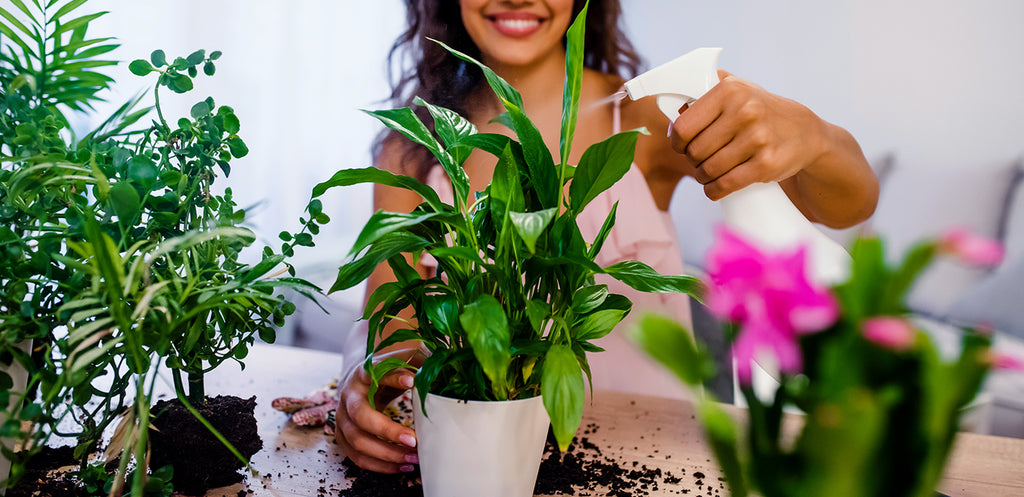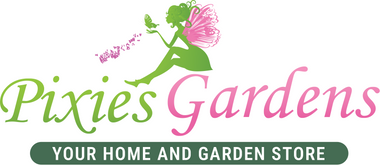
Garden Care 101: How to Protect Plants from Insects and Diseases
Plants are essential to our environment, providing oxygen, food, and aesthetic beauty. However, they are also vulnerable to pests and diseases that can cause harm or even kill them. To maintain the health and longevity of your plants, it is crucial to take measures to protect them from these threats.
This blog post will discuss practical ways to keep insects away from plants and protect them from diseases. We will cover topics such as identifying signs of infestations, preventative measures, and non-toxic pest control options.
These tips will teach you how to protect your plants from insects and diseases, ensuring a beautiful and healthy garden.
Identifying Pests and Diseases
Identifying the signs of plant pests and diseases is the first step in protecting your plants from insects and diseases. Early detection can prevent the problem from spreading and causing irreversible damage. Here are some common signs to look out for to keep insects away from plants:
- Discolored or distorted leaves: Leaves that are yellow, brown, or have spots or holes may indicate an infestation or disease.
- Stunted growth: If your plant is not growing as expected, it could be a sign of root rot or other diseases.
- Visible pests: Insects like aphids, mealybugs, and spider mites can be seen on leaves and stems.
- Wilting or drooping: If your plant is wilting or drooping, it may be a sign of overwatering or pests feeding on the roots.
- Mold or fungus: White or black powdery substances on leaves or stems can signify mold or fungus.
Inspecting your plants regularly is important to spot infestations early and protect your plants from insects and diseases. You can use tools like a magnifying glass or flashlight to examine the leaves closely and stems.
Look for signs of pests or disease on the undersides of leaves, where they often hide. Keeping a journal of your observations can also help identify patterns or changes in your plants' health over time.
By identifying and addressing plant problems early, you can learn how to protect your plants from insects and diseases and help them thrive.
Preventative Measures
Preventing pests and diseases from attacking your plants is an important part of learning how to protect your plants from insects and diseases. For a healthy garden, you can take the following preventative measures:
- Creating a healthy garden environment: A healthy garden environment can prevent many plant problems. This includes using healthy soil, providing adequate sunlight, and ensuring proper drainage. Keeping plants apart and circulating air properly can also help prevent disease spread.
- Choosing pest-resistant plant varieties: Some naturally resist certain pests and diseases. Researching and choosing these varieties can help protect your plants and keep insects away from plants.
- Proper watering, fertilization, and pruning: Proper watering, fertilization, and pruning can also help prevent plant problems. When overwatered or under-fertilized, plants become weaker and more susceptible to pests and diseases. Pruning can help improve air circulation and prevent the buildup of moisture.
- Companion planting: Planting certain plants together promotes healthy growth and deters pests. For example, planting marigolds with vegetables can help repel pests like nematodes.
By taking these preventative measures and learning how to protect your plants from insects and diseases, you can create a healthy garden environment and keep your plants thriving.
Non-Toxic Pest Control
Learning how to keep insects away from plants is essential for protecting your plants from pests and diseases. You can keep your plants healthy by using these non-toxic pest control methods:
- Homemade remedies for common pests: Many common pests can be repelled or eliminated using homemade remedies. For example, spraying water and soap can help control aphids, while a mixture of garlic, onion, and hot pepper can deter many insects.
- Organic pesticides: Organic pesticides are made from natural ingredients and are generally safer for the environment than synthetic pesticides. They can be effective in controlling pests and diseases when used properly. Examples of organic pesticides include neem oil, insecticidal soap, and pyrethrin.
- How to use organic pesticides safely: Organic pesticides should be used according to instructions. Some may need to be applied at specific times or in certain weather conditions. Protective gear like gloves and a mask is also important when handling and applying pesticides.
By using non-toxic pest control methods and learning how to protect your plants from insects and diseases, you can keep your garden healthy and safe for you and the environment.
Disease Prevention and Control
Keeping insects away from plants and preventing diseases is essential for maintaining a healthy garden. Here are some tips on how to protect your plants from insects and diseases:
- Common plant diseases and how to identify them: Knowing how to identify symptoms of plant diseases is important for early detection and prevention. Common signs include wilting, yellowing leaves, and spots on the leaves.
- Preventative measures against plant diseases: A healthy garden environment is key to preventing diseases. Ensure proper watering, fertilization, and pruning, and avoid overcrowding plants. Practicing crop rotation and companion planting can also help prevent diseases.
- Treatment options for infected plants: If you notice signs of disease in your plants, act quickly to prevent further spread. Treatment options include pruning infected areas, applying organic or chemical treatments, and removing and disposing of severely infected plants.
- Keeping insects away from plants: Insects can be another source of plant damage and disease spread. Implementing preventative measures like companion planting, using row covers and traps, and regularly inspecting plants can help control insect populations.
By following these tips on how to keep insects away from plants and prevent diseases, you can help protect your plants from harm and maintain a thriving garden.
Conclusion
Protecting plants from insects and diseases is essential for a thriving garden. By implementing preventative measures such as proper watering, fertilization, pruning, companion planting, and using organic pesticides, you can keep insects away from plants and prevent disease outbreaks. It is important to be proactive in identifying and controlling pest and disease problems through regular inspection of plants.
In summary, by following the tips outlined in this guide on how to protect plants from insects and diseases, you can maintain a healthy garden and protect your plants from harm. Many resources are available for further reading on plant protection, including gardening books, online forums, and extension services. So, don't hesitate to educate yourself and take action to protect your garden from pests and diseases.

